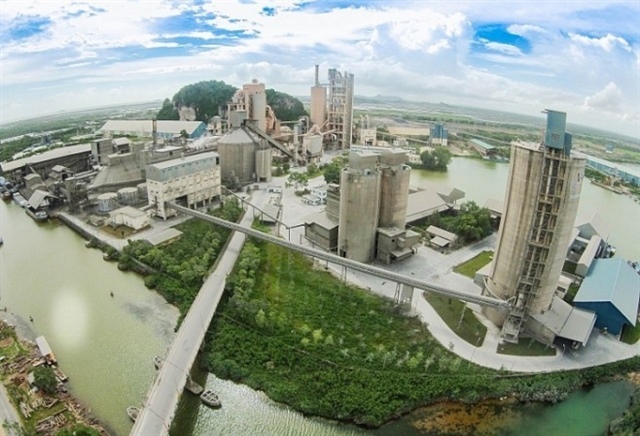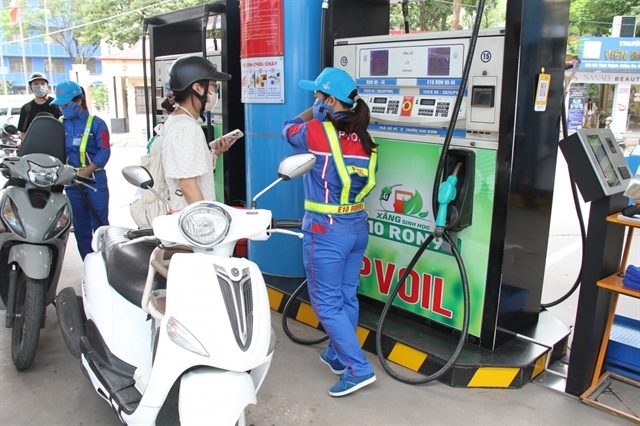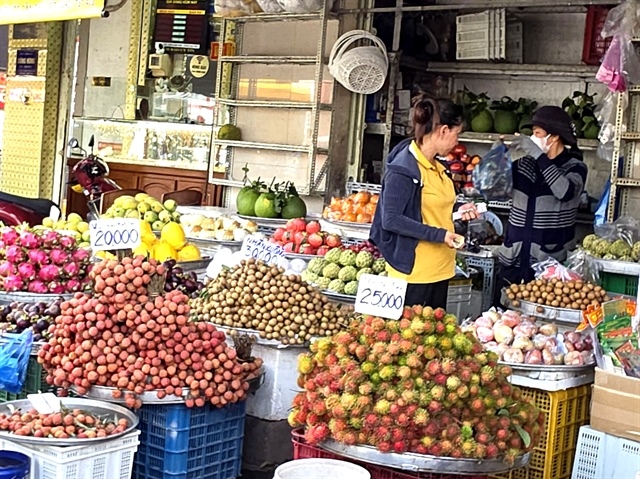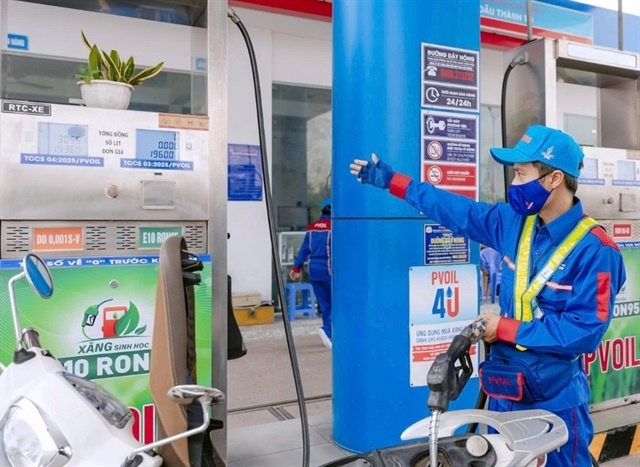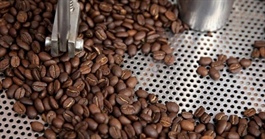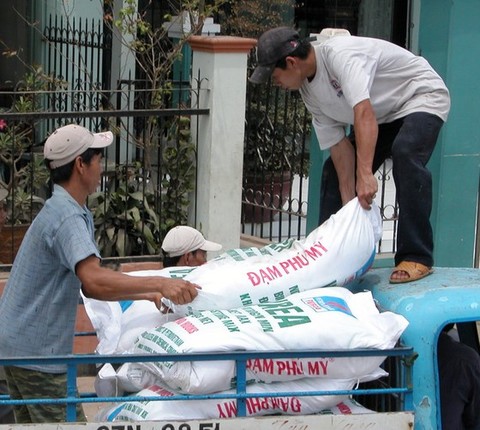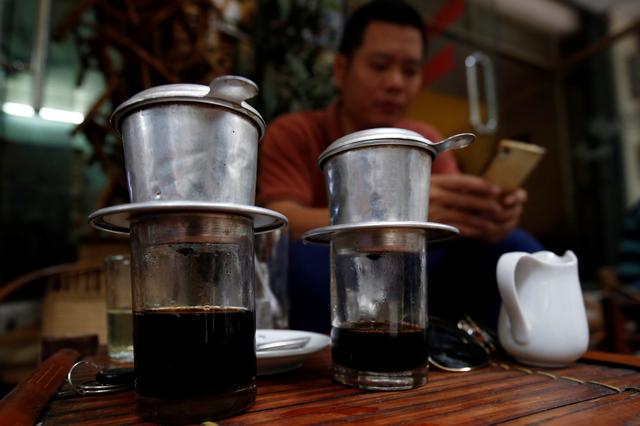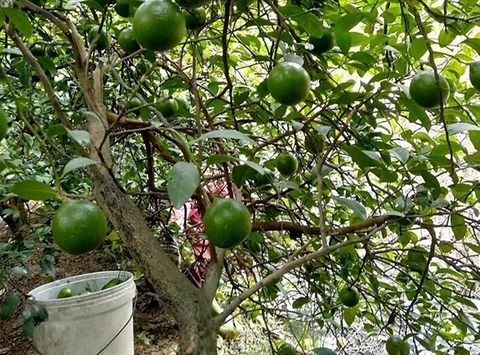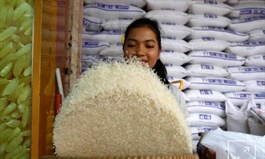Lower pig price causes difficulties for recovery of husbandry industry
Lower pig price causes difficulties for recovery of husbandry industry
A sharp reduction in pig prices on the domestic market at present is causing difficulties in restoring the pig production industry after the fourth wave of the COVID-19 pandemic.
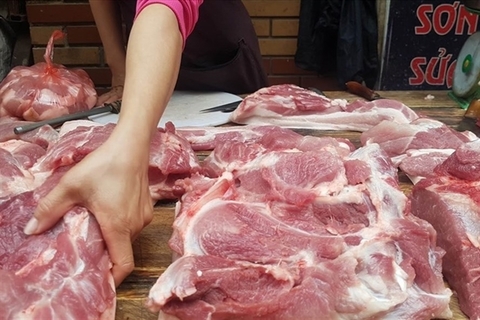
The selling price of live hog is now only VND35,000-36,000 per kilo, causing farmers to lose some VND1.5 million per pig. In addition, now traders buy only 5-10 pigs each time compared to 30-50 pigs in the past, said Nguyen Van Chien, a pig farmer in Binh Duong Province.
Chien is still struggling to sell pigs though the price of live hog is very low, his farm has hundreds of pigs that need to be sold, vov.vn reported.
The same situation was also reported at other farms and if that continues, the farmers would not have the opportunity to implement repopulation, Chien said.
Now, this is also occurring at farms of large livestock companies. Many businesses are also looking to sell off overweight pigs for less than VND40,000 per kilo, down 50 per cent compared to mid-2020. For instance, CP Vietnam Livestock Joint Stock Company in Dong Nai is selling overweight pigs from VND36,000-38,000 per kilo.
According to many farmers, the price of pigs has plummeted not only due to the impact of the pandemic, but also because many large enterprises planned to increase pig supply when the pork price surged recently, especially foreign-invested enterprises. Many foreign-invested enterprises have promoted pig production, such as CJ, Japfa and Newhope.
The domestic enterprises have also invested in pig production and supply such as Hoa Phat, Greenfeed, Thaco Agri and Hoang Anh Gia Lai.
Meanwhile, the retail prices of pork at the market also declined by VND50,000 per kilo to VND80,000-120,000 depending on the type of pork, compared to the beginning of the month. However, those prices at supermarkets still stand at a high level of between VND180,000 and VND240,000 per kilo.
Vu Vinh Phu, former deputy director of the Ha Noi Department of Industry and Trade and also former chairman of the Ha Noi Supermarket Association, told Infonet that there are many causes for that situation on the much lower selling price of live hog but much higher retail price of pork on the domestic market.
The implementation of social distancing measures in many localities in recent months has reduced the demand for pork so traders have not purchased live hogs, he said. That has made the selling price of live hog decline at the farms.
Moreover, Viet Nam imported 125,600 tonnes of pork in the first nine months of this year. Meanwhile, the intermediary stage makes the selling price of pork to consumers much higher, he said.
Phu said the Ministry of Agriculture and Rural Development does not have a livestock husbandry plan following reality as well as slaughter chains, leading to oversupply and a reduction in the pig price. That has damaged the livestock industry.
Meanwhile, the authorities in charge of price management, such as the Price Management Department (under the Ministry of Finance) and the Market Management Department (under the Ministry of Industry and Trade) loosened management over retail prices of pork, also causing serious problems for the livestock industry.
According to Phu, synchronous solutions are needed to solve this situation. It is necessary to support pig producers in terms of breeding, reducing taxes for feed and delaying payment for interest on bank loans.
If there is no timely solution, the farmers will not carry out repopulation and the immediate risk is a shortage of pork for the upcoming Lunar New Year, Phu said.
Besides that, Nguyen Tan Hau, director of Tam Do Livestock Co Ltd in Dong Nai Province, said that now the selling price of pigs has reached a bottom while the State still allows importing pigs and pork, causing difficulties for the producers, vov.vn reported.
The State has allowed importing pigs to stabilise the price of pork. Now, the wholesale price of pork has dropped to VND65,000-70,000 per kilo, so the State should promote the export of pigs and pork, and also limit imports, said Hau.
If this situation continues over the next six months, no farmers will have plans on repopulation, he said.
Nguyen Kim Doan, vice chairman of the Dong Nai Livestock Association, said that it is necessary to have quotas for pork imports and also quotas in the number of pigs for producers based on the balance of supply and demand in the market.
It is difficult to predict the fluctuation of pig prices in the last months of this year because the price change depends on purchasing power after the pandemic, including the recovery in the operation of markets, restaurants, eateries, and school kitchens.



